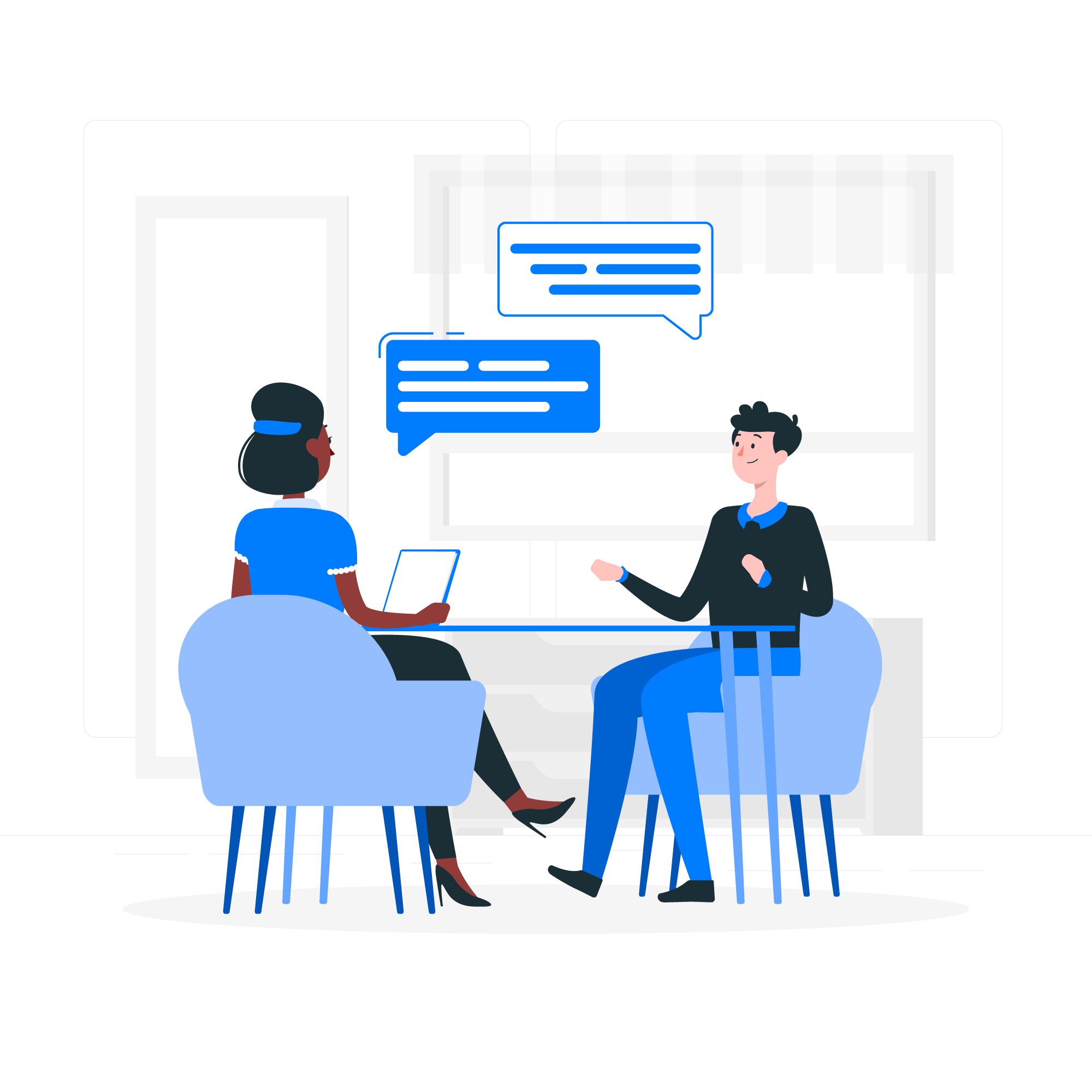
Constant Contact
Helping improve Constant Contact’s user experience, a few projects at a time. I wish I could share some of it here, but it’s protected under NDA. So instead, let me walk you through the typical process I follow, going from questions to insights and recommendations.
Kickoff
Because of the size of the research team and the amount of research that's requested, I'm usually more reactive than proactive, in the sense that someone (usually a designer or a project manager) comes to me with questions, instead of me going to them with ideas for research studies.
Side note: I am part of weekly sync meetings with product, but with several research projects always ongoing, I've found that balancing tactical and strategic approaches works best for our current organizational structure. While I'm passionate about strategic research and pushing for better UX, being flexible and responsive to immediate needs often delivers the most value to stakeholders.
Coming back to my process.. when I get a research request, we set up a meeting to talk about what we want to learn from users, how it'll impact decision making, timelines, and other relevant details. Based on that conversation, I help stakeholders move from ambiguous requests to clear research objectives. I suggest the type of research study that might work best, talk about any constraints that might come up, and establish the timeline depending on bandwidth and priorities.
Designed by Freepik
Designed by Freepik
Preparation
Once the approach is finalized, the first step is usually figuring out recruiting. If the stakeholder already has a list of customers we can reach out to, or if I’m using a tool like UserTesting.com, recruiting is quick. Otherwise, I have to request a list of customers fitting certain criteria from another internal team, which takes some time.
Simultaneously, I draft a script of questions to ask study participants, and collaborate with stakeholders to tweak it as needed. If the study involves a prototype, I work with designers to finalize that during this phase.
One thing that I try to do as much as I can (sometimes I don’t get enough time) is talk to other researchers to bounce ideas off them and get their feedback about my methodology, script, analysis, and anything else. I’m a lifelong learner and I love to get feedback!
Sessions
I usually aim to run all sessions in 2-3 days, and invite stakeholders as optional for them to watch sessions live. Usually they don’t have time and I share session recordings with them. The number of participants depends on the goal and structure of the study. No-shows might happen, in which case this phase takes a little longer. Depending on the screen sharing needs, type of study, etc., I either take notes while running sessions or rewatch recordings to take notes. I haven’t reached a point yet where I fully trust transcripts.
After running sessions, I like to share early findings with stakeholders whenever possible. I’ve found that doing this firstly helps stakeholders see that progress is being made, and secondly, they don’t have to wait for the detailed analysis to finish before getting some insights, which I feel reduces the perception that research takes a long time.
Designed by Freepik
Designed by Freepik
Analysis
Analysis looks different for each study, but usually, I consolidate my session notes based on frequency/severity/importance, and create a document with top findings. I convert that into a report format, which is either a google doc or a slide deck in most cases, and add actionable recommendations.
Once the report is ready, I schedule a meeting with stakeholders to go over findings and recommendations, and discuss next steps. Sometimes if a project is moving at a rapid pace, I might skip a separate meeting, and talk about findings in existing meetings, or just share reports async.
A couple more things..
AI - I’ve been using ChatGPT/Gemini and NotebookLM pretty consistently in the past few months and I do find value in what they offer - acting as a thought partner and helping me move faster. I believe in embracing AI and becoming better at our jobs, rather than thinking about AI replacing our jobs.
Timelines - Now I’m sure you’re wondering how long it takes to do all this, right? Like a lot of things in UX, the answer to this is the infamous “it depends” :D I’m going to leave a little bit of mystery here, and I’d love to talk more about it on a call.



